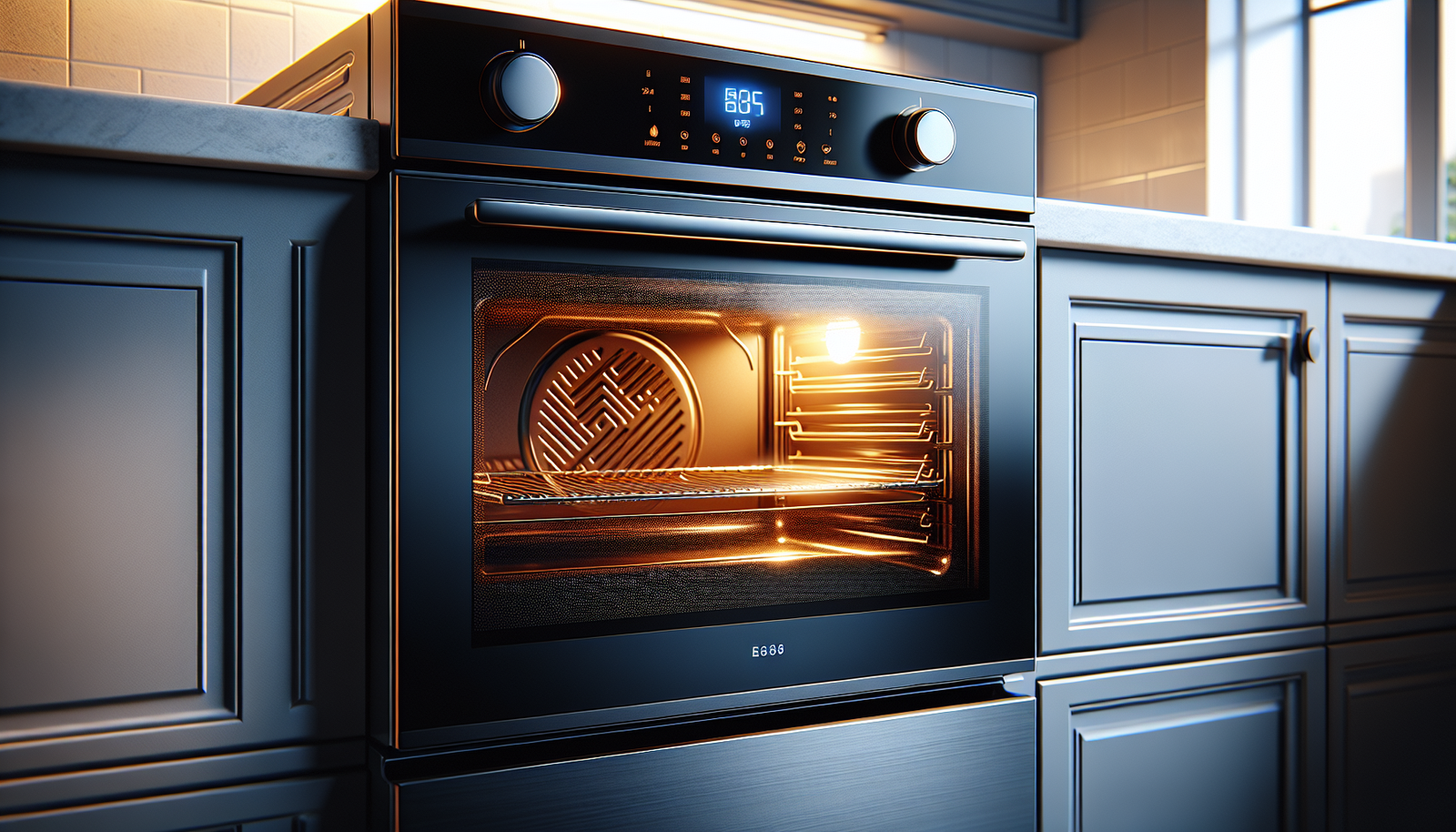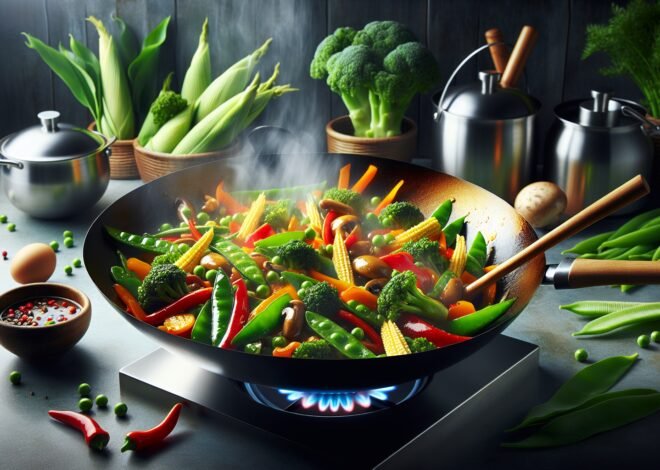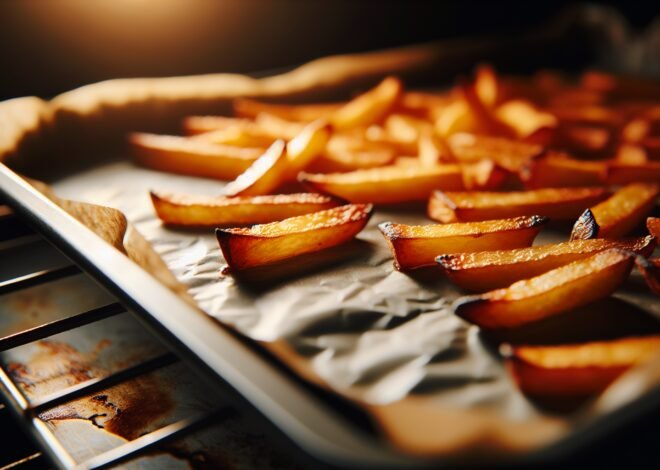
The Importance of Preheating Your Oven: Tips and Tricks
Preheating your oven might seem like an extra step, but it’s crucial for evenly cooked, perfectly textured dishes. Whether you’re baking or roasting, a preheated oven helps food cook as intended from the start. This guide will explore the importance of preheating and tips for getting the best results.
Why Preheating Matters
Preheating your oven is more than just a step in a recipe; it’s a vital part of achieving the best results in cooking and baking. By taking the time to preheat, you’re setting the stage for even cooking, saving time, and ensuring those baked or roasted dishes turn out perfectly every time. Let’s dive into the specific reasons why preheating is crucial.
Ensures Even Cooking
When you preheat the oven, it reaches the right temperature before you place your food inside. This initial heat burst is essential for even cooking. It allows the food to cook at a consistent temperature throughout the process, preventing hot or cold spots. Even cooking ensures that meats are juicy, casseroles are perfectly done, and baked goods rise and brown uniformly. Imagine biting into a cake that’s undercooked in the middle but burnt on the edges. Preheating helps avoid this culinary mishap.
Reduces Cooking Time
Starting in a hot oven can shorten the cooking time significantly. When the oven is already at the desired temperature, the food begins cooking immediately, allowing you to stick closely to the recipe’s timing. This efficiency not only saves you time but can also conserve energy, resulting in a more sustainable cooking practice. It’s a simple step with big payoffs, leaving you more time to enjoy your meal.
Crucial for Baking and Roasting
Baking and roasting are techniques that benefit significantly from preheating. Baking relies on precise temperatures for chemical reactions to occur, ensuring that baked goods rise correctly and have the right texture. Roasting needs a hot environment to sear the outside of meats or vegetables, locking in flavors and juices. Without proper preheating, these processes can fail, leading to disappointing results. Consistency in temperature is the secret to mastering these kitchen arts.
Ideal Preheating Temperatures
Knowing the ideal preheating temperatures can transform your cooking experience. Different dishes and baking tasks require different temperatures to achieve optimal results. Understanding these temperatures can make all the difference between a good meal and an exceptional one.
Common Baking Temperatures
For most baking tasks, a range of 350°F to 375°F (175°C to 190°C) is standard. This temperature range supports the chemical reactions needed for proper leavening and browning. Cakes, cookies, and pastries thrive in this environment, developing their characteristic textures and flavors. Always refer to your recipe, as some items might require specific adjustments.
High-Heat Roasting
Roasting often demands a higher temperature range, generally between 400°F and 450°F (205°C to 230°C). This high heat is crucial for creating a crispy exterior while keeping the inside tender and juicy. Whether you’re preparing a whole chicken, vegetables, or a prime rib, starting with a preheated oven ensures that the roasting process begins immediately, enhancing flavors and textures.
Specialty Settings (Convection, etc.)
Modern ovens often come with specialty settings like convection, which circulate hot air for more even cooking. When using convection, you might reduce the temperature by about 25°F (14°C) compared to conventional settings. Specialty settings can also include broil, pizza mode, or specific dessert settings. Understanding these can tailor your preheating strategy to best suit your recipe and oven type.
Tips for Effective Preheating
Mastering the art of preheating can elevate your cooking game. Simple yet effective techniques ensure your oven is ready to deliver the best results for every dish. Here are some practical tips to help you preheat effectively and efficiently.
Use an Oven Thermometer
Oven temperatures can often be inaccurate. An oven thermometer is an inexpensive tool that offers a reliable reading of the actual temperature. Place it in the center of the oven for the most accurate measurement. This tool helps you trust that your oven is at the correct temperature, enhancing your cooking and baking results.
Wait for Preheat Signal
Most modern ovens have a preheat signal, such as a beep or a light, indicating when the desired temperature is reached. Waiting for this signal is crucial; placing food in too early can lead to uneven cooking. While it might be tempting to rush, patience at this stage can significantly improve the quality of your dish.
How to Manage Preheat Time for Different Recipes
Different recipes require different preheat times. For instance, dishes that are sensitive to heat variations, like soufflés or delicate pastries, require precise preheating. Consider starting the preheat process while you prepare your ingredients. This timing ensures that the oven is ready as soon as you are. Monitoring your oven’s preheat times can also inform adjustments for future cooking tasks.
Conclusion
Preheating your oven is a simple but essential step for any cooking or baking task. Ensuring that the oven reaches the correct temperature before adding your food allows it to start cooking evenly and retain its intended texture and flavor. This step is especially important for baked goods, which rely on consistent heat to rise properly. Starting with a preheated oven also helps prevent undercooking, as your dish will spend the appropriate amount of time exposed to the ideal temperature. Taking a few extra minutes to preheat can make a big difference in the quality of your final dish and help you avoid common cooking mistakes.
FAQ
Why do I need to preheat my oven?
Preheating ensures your oven reaches the right temperature before cooking begins. This helps food cook evenly and as intended, enhancing flavor and texture. Consistent heat is key to successful baking or roasting.
How long should I preheat the oven?
Most ovens require about 10-15 minutes to preheat. The exact time can vary by oven model and desired temperature. Check your oven’s manual for specific recommendations.
What happens if I skip preheating?
Skipping preheating can lead to uneven cooking. Baked goods might not rise properly, and meats can end up undercooked or dry. Consistency in temperature is crucial for optimal results.
Do all recipes require preheating?
Not every recipe demands preheating, but many do, especially baking recipes. Always follow the recipe instructions to ensure the best outcome. If in doubt, preheat unless stated otherwise.
What’s the correct preheating temperature?
The correct temperature depends on the recipe. Common settings range from 350°F to 450°F (175°C to 230°C). Always refer to the specific recipe for guidance.
Can I use my oven’s preheat signal?
Many ovens have a preheat signal, alerting you when the desired temperature is reached. While these signals are generally accurate, using an oven thermometer can provide extra precision.











